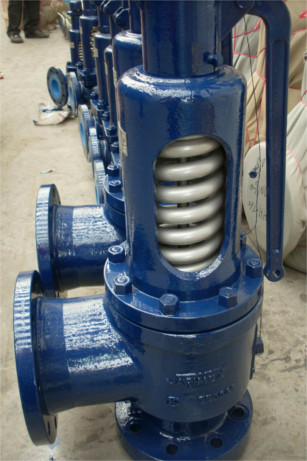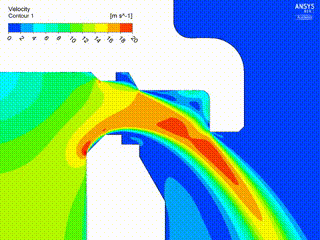Introduction
Pressure relief valves are the last line of defense in the overpressure protection of idustrial processes. If they fail to vent properly (either due to incorrect sizing or due to valve chatter), the protected vessel is likely to explode.
These valves -- expecially the direct spring operated ones -- are extremely simple mechanical systems. Still, they exhibit surprisingly complex behaviour!


